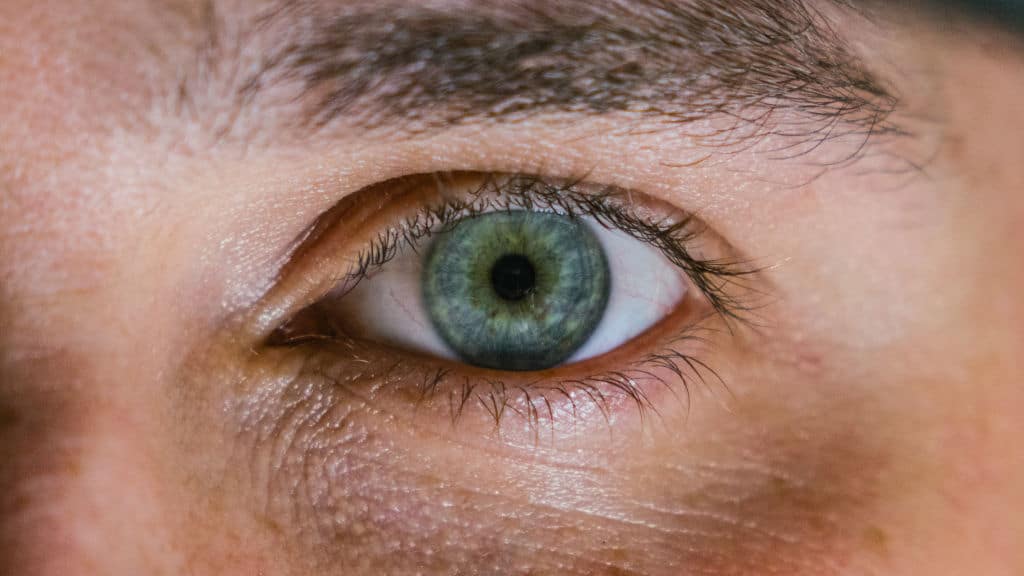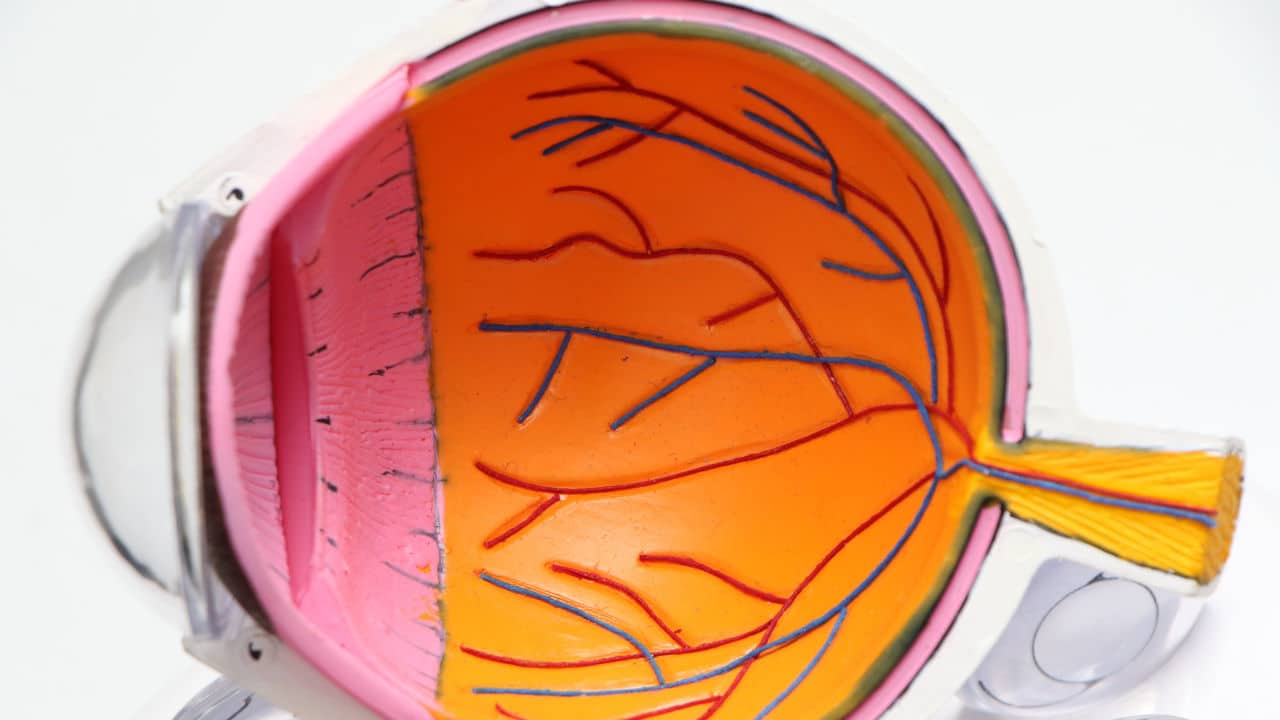Eye burns can cause permanent damage and can be blinding and life-altering. They can be caused by many factors, including heat or chemicals when it comes in contact with the eyes. It can be direct heat, fire against the eyes, or thermal heat.
According to an article by WebMD titled Chemical Eye Burns, it was stated that “chemical exposure to any part of the eye or eyelid may result in a chemical eye burn. Chemical burns represent 7%-10% of eye injuries. About 15%-20% of burns to the face involve at least one eye. Although many burns result in only minor discomfort, every chemical exposure or burn should be taken seriously.”
Eye burns injuries can be caused by a car accident that leads to a fire, a fire incident at a workplace, an airplane accident, exposure to chemical substances like acids or alkalis in an uncontrolled environment, or a direct assault of a person by another person.
Can Eye Burn Cause Blindness?
The answer is yes.
Eye burns, whether caused by chemical or direct heat, can lead to permanent blindness, thus leading to a long-time disability that one would have to live with for the rest of ones life.
The eyes give more colors to life and help us experience the beauty of nature, our houses, and the community where we live.
This is why a loss of sight resulting from eye burn is a critical case that should not be taken with levity. Whether caused by heat or chemicals, legal graphics can be used to exemplify the cause of the burn incident the immediate and long-term effect on the eyes of the victim.
Eye burn does not lead to blindness alone; it can also lead to other complications, which can also be illustrated using legal graphics.
Using Legal Graphics to Showcase Other Effects of Eye Burns
Eye burns can lead to different eye conditions that would require instant treatment or lead to a permanent disability that would require constant medical checkups and treatments. To get adequate compensation in an eye burns case, legal graphics can be used to showcase the harm suffered and the cause of such eye burn injury.
Here are some of the effects of burns to the eyes:
- Cataracts
One of the possible effects of eye burns is cataracts.
Cataracts, if left untreated, can become a permanent disability characterized by blurry vision. Cataracts can only be fixed through corrective surgery.
According to an article by Health line, a cataract is defined as “a dense, cloudy area that forms in the lens of the eye. A cataract begins when proteins in the eye form clumps that prevent the lens from sending clear images to the retina.”
Legal graphics can be used to depict the appalling effect of eye burn in the form of cataracts while exemplifying its real-life implications.
- Retinal damage
The impact of burns to the eyes, whether caused by the heat of chemicals, can cause retinal damage.
According to the Austin Retina Associates, “The retina contains millions of cells that work together to detect light, turn it into electrical signals, and communicate with the brain to produce vision. These tiny photoreceptor cells are called cones and rods. Together cones and rods provide you with the ability to tell the difference between light and dark and colors.”
Once the retina has been damaged, there would be a poor, blurry, and distorted vision.
Legal graphics can be used to illustrate the photoreceptor cells in the retina and how they send signals to the brain. If there happens to be a distortion in the way these cells send signals for vision to the brain, legal animation is a perfect tool to illustrate this to the audience.

- Corneal perforation
According to an article by the Eye Associates of New Mexico titled What is the Function of the Cornea? It was revealed that the cornea “helps to shield the rest of the eye from germs, dust, and other harmful matter. The cornea shares the protective task with the eyelids, the eye socket, tears, and the sclera, or white part of the eye.”
In addition to that, it was mentioned that “the cornea acts as the eye’s outermost lens.”
Generally, corneal perforation is accompanied by pain and bad vision.
Legal graphics can be used to illustrate what a cornea looks like and its basic function, and in a case of irregularity in its function, it can accurately depict that.





